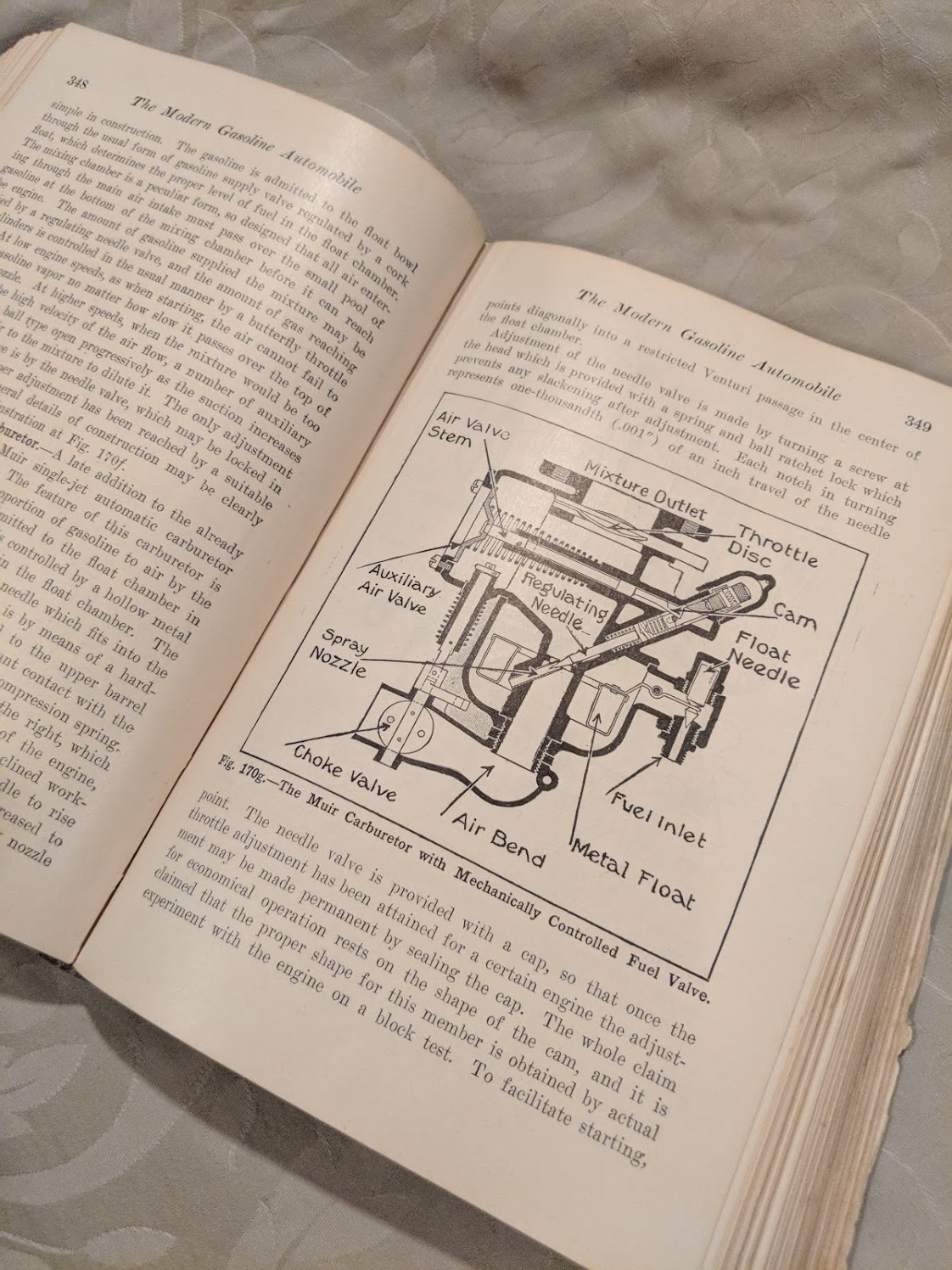This is yet-another-post on the topic of Amazon-style “six-page memos,” aka Narratives. This post focuses on the mantra: “Great narratives show, they don’t tell.”
When writing things you believe to be facts, ask yourself: How do I know? How can I qualify it? Then, qualify it in your words.
Tell (Bad):
The BMW E28 M5 is a rare car.
Show (Good):
Of the 722,328 E28 5-series sedans BMW built between 1981 and 1987, only 2,191 were the rare M5 variant.
When suggesting a course of action (e.g., “We should do x”), follow the suggestion with an explanation of why (e.g., “because of y and z).
Tell (Bad):
We should replace the old blinker fluid.
Show (Good):
We should replace the old blinker fluid because customers have reported 42 cases where old blinker fluid caused flux capacitors to wear out.
It’s not uncommon for the data to be weak, but for the team to still be committed to a plan because of wisdom or strong anecdotes. If the data being presented has value but has holes in it, point out the holes. Don’t let (or ask) the reader to find those holes. Make it clear the risks have been assessed.
If you think your data has holes but still has value, point out the holes rather than have someone else do it during your presentation. Use data that both supports and argues against the author’s position. Demonstrate that you have assessed the risks.
Tell (Bad):
I am not going to replace the 5 year-old timing belt because it has less than 5,000 miles on it.
Show (Good):
I am not going to replace the timing belt because it has less than 5,000 miles on it. While this belt is older than the recommended replacement age of 4 years, this car has been stored in a humidity and climate controlled environment and the risk of the belt breaking is very low.
Some literary elements one should never use in narratives (yes, I get the irony of using an Absolute Statement here):
- Quantifiers. Quantifiers are a type of determiner which denote imprecise quantity. They modify nouns or pronouns. Many, much, some, a few.
- Qualificative or Qualifying Descriptive Adjectives. Big. Small. nice, complicated, better, best, and bad, worse, worst.
- Predictive Adjectives. Expensive, funny, good.
- Absolute statements. All, none, never, always. Nothing is in the absolute.
Finally, here are some other tips that will help you show vs. tell:
- Correlation does not mean causation. A strong correlation between two trends is just a correlation until there is proven causation.
- For any data, ask, “Is this common sense”? It’s shocking how many documents contain data that does not pass the sniff test. One mistake like this will ruin an entire narrative. You should always know the exact source of the data (use footnotes!), the timeliness of the data, how the data was calculated, and any assumptions that might not be known to the reader.
- Don’t just put more data because you feel you need more data. Only put in data that helps create clarity or drive a decision. Likewise, don’t put data in just because getting said data was hard work.
Don’t TELL me your idea or opinion; SHOW me your idea or opinion. Use data liberally to make your case to the readers of a narrative.

















 RSS - Posts
RSS - Posts
Thank you for sharing, Charlie! Strong writing like this will make the audience WANT to do what you’re asking or believe your opinion vs. just feeling pressured to do or believe.